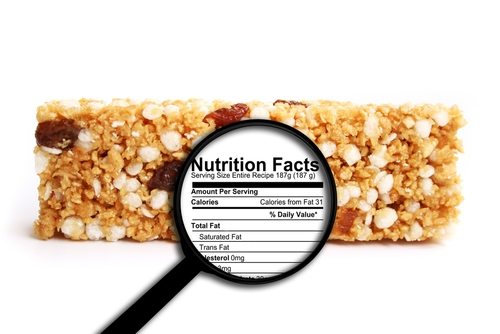
October 28, 2014;New York Times
Yesterday, the Environmental Working Group (EWG) unveiled a public online food product database that details a myriad of information: the ingredients in a product, its degree of processing, any pesticides used in its creation. The wide range of products reviewed—from condiments and herbs to baking supplies and frozen foods—and the database’s user-friendly design hold useful information both for health conscious individuals and those just curious about the nutritional value of their snack.
The Food Scores Database is one of the most comprehensive compilations of food information available, a possible response to a growing public movement toward real understanding of what is in our food. While there are other food product databases currently online, like Nutrition Data and Calorie Count, among others, the Food Scores Database appears to be the first to combine a number of different pools of information in one place.
Sign up for our free newsletters
Subscribe to NPQ's newsletters to have our top stories delivered directly to your inbox.
By signing up, you agree to our privacy policy and terms of use, and to receive messages from NPQ and our partners.
Derived from information supplied by food companies as well as EWG’s own research into pesticides and additives used, the database allows users to search over 80,000 products and view their nutritional information. The database also ranks each product on a 10-point scale (with 1 being a high score) based on three factors: nutrition, ingredients, and processing. Products that are high in nutrition, contain ingredients unchanged by pesticides or other contaminants, and are less processed will be healthier overall and receive better scores. The design of the database allows users to compare and contrast different products based on their scores.
It is worth noting that the scoring system is based on a process created and designed by EWG, eliciting criticism about the accuracy of the information provided on the database and whether users are being misinformed. In a statement, the Grocery Manufacturers Association (GMA) said, “The Environmental Working Group’s food ratings are severely flawed and will only provide consumers with misinformation about the food and beverage products they trust and enjoy.” EWG notes that it has little to hide and that their methodology, assumptions and research are clearly delineated on the website.
As part of the food industry, GMA could understandably be upset, given the possible ramifications from the potentially damaging information about certain products. However, their criticism about misinformation about food products recalls a much larger discussion about the state of our country’s food. Public interest and advocacy groups have been lobbying for years for states to institute laws requiring companies to label foods derived from genetically modified organisms (GMOs)—living things that scientists have altered to achieve a certain result, like fruit engineered to stay fresh longer. Over the summer, Vermont became the first state to enact such legislation, while bearing the brunt of the opposition from the GMA, the Snack Food Association, and the National Association of Manufacturers, among others. Just days away from the midterm elections, DuPont Pioneer, one of the nation’s leading GMO seed manufacturers, announced it was donating 4.46 million in the effort to defeat Measure 92 in Oregon, which would similarly require companies to provide labels for any products that contain genetically modified ingredients. Vermont and Oregon present just two of several state battles raging over whether more information is good for the public.
Popular and award-winning films like Supersize Me, in which documentary filmmaker Morgan Spurlock eats McDonald’s fast food for 30 days, and Food, Inc., showing where our food really comes from (and the abuse animals often suffer in the process), demonstrate a growing and sustained curiosity in the public to know more, specifically data that groups like GMA may not want divulged. While the GMO fight will inevitably continue in the courtroom, the Food Scores Database may in the meantime provide us a glimpse into the information the food industry doesn’t want us to know.—Shafaq Hasan














